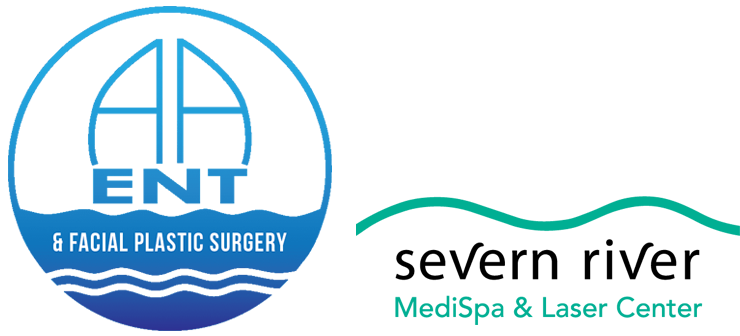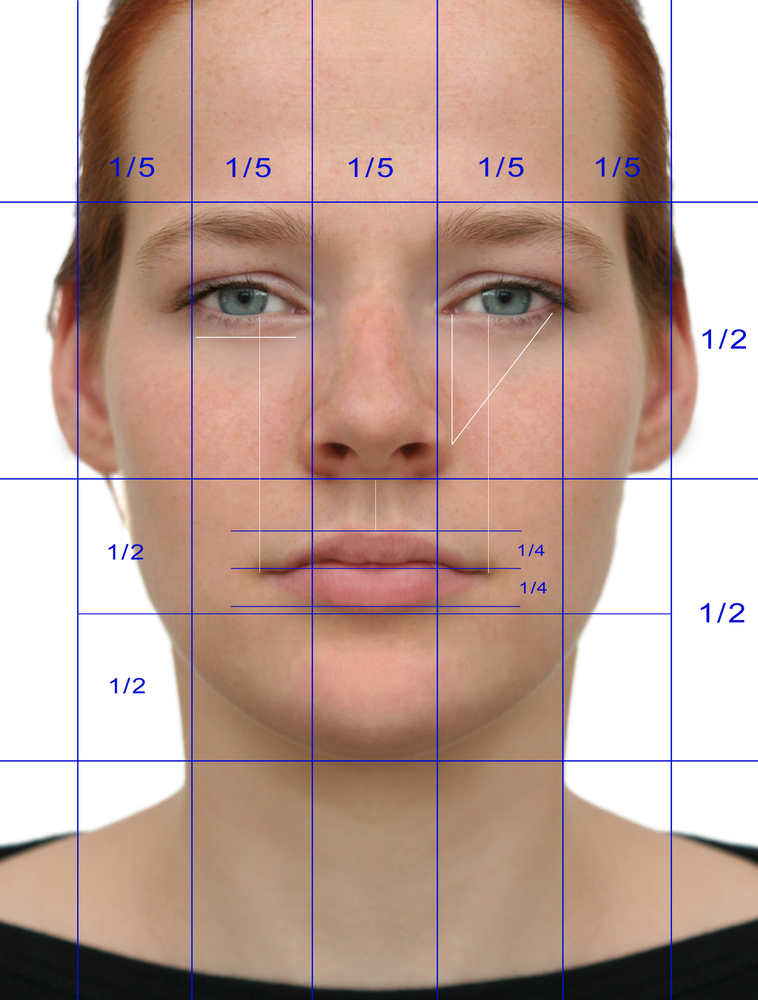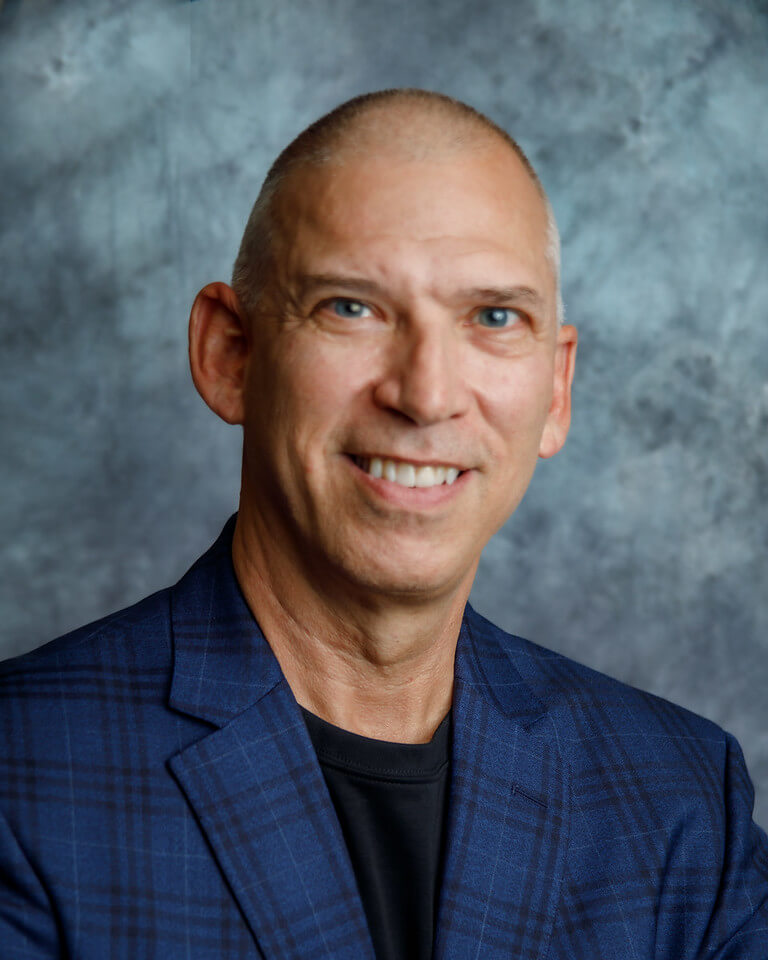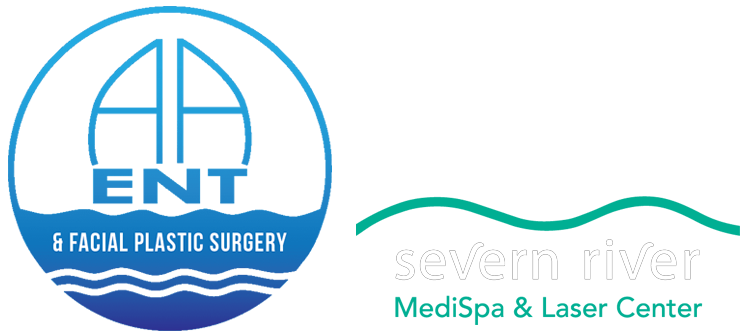July is National Cleft and Craniofacial Awareness and Prevention Month! Throughout this month, we aim to shed light on cleft lip and palates—a common craniofacial condition—and raise awareness about its causes, impact, and available treatment options. Understanding cleft lip and palates is crucial in promoting acceptance, support, and inclusion for individuals and families affected by this condition.
What is a Cleft Lip and Palate?

A cleft palate refers to a congenital condition where there is an opening or gap in the roof of the mouth. This condition occurs early in pregnancy when the tissues that form the roof of the mouth fail to fuse properly. It is important to note that cleft palates are distinct from cleft lips, which involve a separation in the upper lip.
Cleft lip and palates can have various causes, including genetic and environmental factors. Genetic mutations and inherited traits play a significant role in cleft palate development. Additionally, exposure to certain environmental factors during pregnancy, such as maternal smoking, alcohol consumption, or certain medications, can increase the risk. However, some cases have no known cause.
Impact on Speech and Feeding:
Cleft lip and palates can have a profound impact on speech development. The opening in the roof of the mouth affects the ability to articulate certain sounds, leading to speech difficulties. Children with a cleft lip and palate may require speech therapy to improve their communication skills.
Feeding can also be a challenge for infants with a cleft lip and palate. The opening in the palate can interfere with the normal process of sucking, swallowing, and breathing during feeding. Special feeding techniques and devices may be used to ensure adequate nutrition and support healthy growth.
Diagnosis and Treatment:
Diagnosing a cleft lip and palate typically involves a combination of prenatal ultrasound and postnatal clinical evaluation. Prenatal ultrasound can sometimes detect cleft lip and palates, allowing healthcare professionals to provide early support and intervention.
The treatment of cleft lip and palates involves a multidisciplinary approach. A team of specialists, including facial plastic surgeons, speech therapists, orthodontists, and others, collaborate to develop a comprehensive treatment plan. The primary treatment for cleft lip and palates is surgical repair, which aims to close the opening in the palate and restore normal function. The optimal timing for surgery may vary based on the individual case and the child’s overall health.
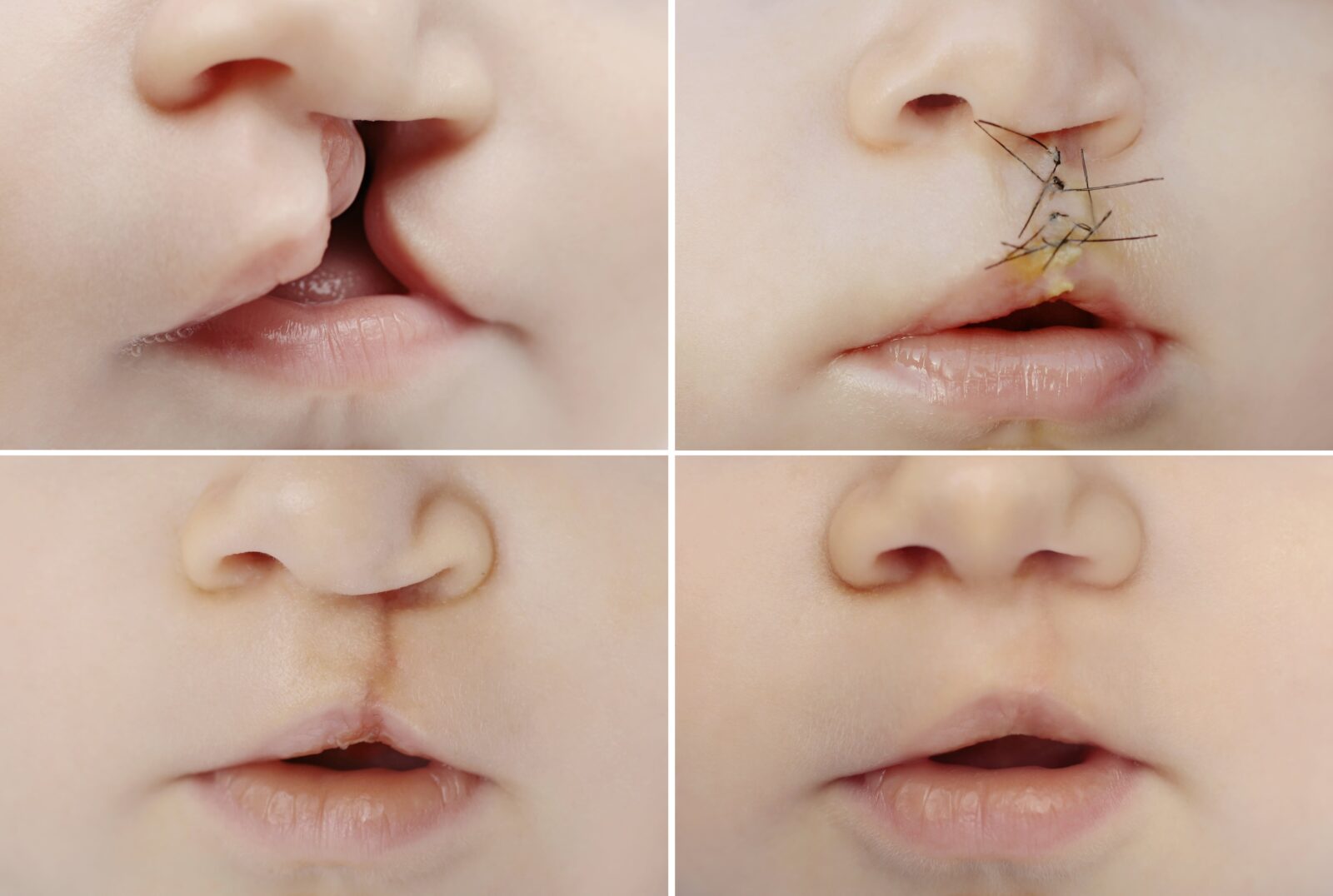
Facial reconstructive surgery plays a vital role in the comprehensive treatment of cleft lip and palates. This specialized surgical procedure aims to repair and reconstruct the affected areas of the face, particularly the roof of the mouth and surrounding structures. The surgical intervention involves meticulously closing the gap in the palate, allowing for proper alignment and function of the oral cavity. The procedure is typically performed by a skilled craniofacial surgeon in collaboration with a multidisciplinary team of healthcare professionals.
By restoring the integrity of the palate, facial reconstructive surgery not only improves the physical appearance but also enhances speech development, feeding abilities, and overall quality of life for individuals with cleft palates. The timing of the surgery is carefully considered to optimize outcomes and minimize potential long-term effects. Combined with ongoing postoperative care and other supportive therapies, facial reconstructive surgery serves as a crucial component in the comprehensive treatment and management of cleft palates.
Support and Resources:
If you or a loved one is affected by cleft lip and palates, know that you are not alone. Numerous support organizations and resources are available to provide assistance, information, and emotional support. These organizations are dedicated to promoting awareness, advocacy, and inclusivity for individuals with cleft lip and palates and their families. Online communities and forums can also provide valuable peer support and connect you with others who share similar experiences.
In Conclusion:
Cleft lip and palates are more than just a physical condition—they can have a significant impact on speech development, feeding, and overall well-being. By understanding the causes, impact, and available treatment options, we can support and empower individuals and families affected by cleft lip and palates.
